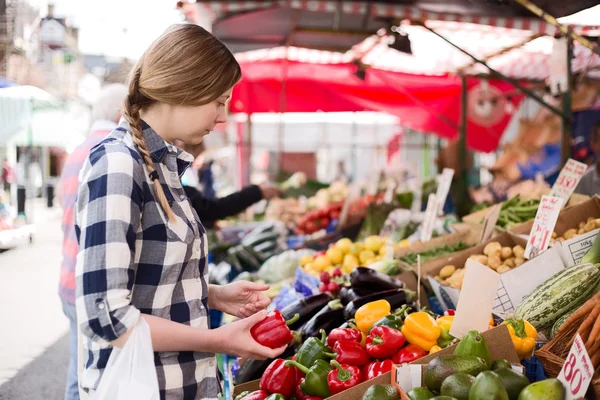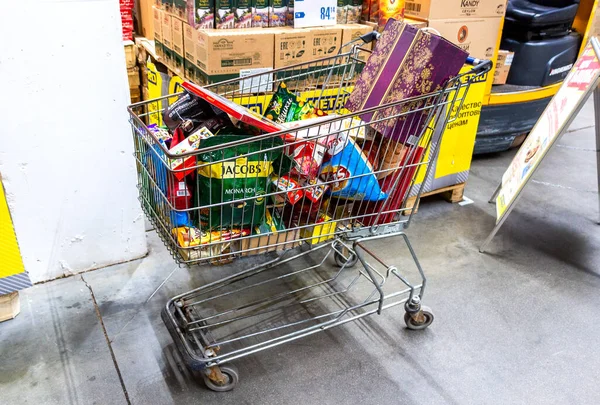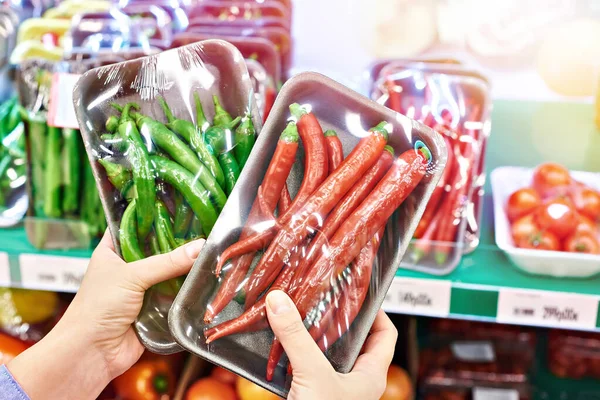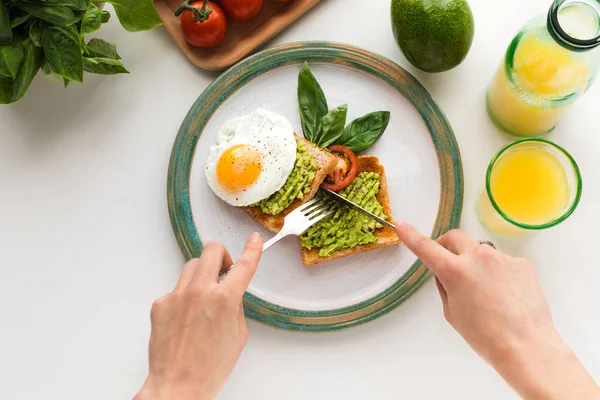Food in the US has gotten expensive, and for most households, the grocery bill is one of the hardest to trim. The trick isn’t to cut everything back—it’s about making small changes that stack up over time.
Simple swaps, better planning, and a few new habits can help stretch the budget without feeling like you’re living on plain rice and beans. Here are 15 ways to cut food costs in the US while still eating well.
Plan meals in advance

A little planning goes a long way. When meals are mapped out ahead of time, it’s easier to stick to a list and avoid buying random items that never get used.
It also means leftovers can be worked into the week, instead of sitting forgotten in the fridge. The result is less waste and a more predictable grocery bill.
Buy store brands

Store-brand products have improved a lot in the last decade, and many taste no different from name brands. Pasta, canned beans, oatmeal—these basics are usually cheaper in the store’s own packaging.
In some cases, they even come from the same producers as the big labels. Switching just a few items each trip can make a noticeable dent in costs.
Like Travel Pug’s content? Follow us on MSN.
Use digital coupons and apps

Most grocery chains now have apps loaded with coupons that can be clipped with a tap. Rebate apps also give a bit of money back on certain items.
Spending a couple of minutes before heading out can save several dollars at checkout. Over time, those savings add up more than most people expect.
Shop seasonal produce

Buying fruits and vegetables when they’re in season usually means fresher food at lower prices. Strawberries are cheaper in summer, apples in fall, and squash in winter.
When they’re out of season, frozen options often make more sense. Planning meals around what’s abundant keeps costs down and flavors up.
Cook at home more often

Restaurant meals may be tasty, but they can cost three or four times as much as cooking the same dish at home. Even simple dinners like stir-fry or pasta stretch further and taste just as good when made in your own kitchen.
Eating out occasionally feels more special when it isn’t the default. Plus, home cooking offers more control over ingredients.
Like Travel Pug’s content? Follow us on MSN.
Buy in bulk wisely

Buying in bulk can be great for items that get often used—like rice, flour, or frozen vegetables. The price per pound is usually much lower.
But it only works if the food gets eaten before it goes stale. Bulk shopping for pantry staples saves money, while bulk-buying perishables can backfire.
Don’t shop hungry

Heading into the grocery store on an empty stomach almost guarantees impulse buys. Snacks and quick meals look extra tempting when you’re hungry.
Shopping after eating makes it easier to stick to the list and budget. It’s a simple trick, but surprisingly effective.
Stock up on frozen fruits and veggies

Frozen produce is often cheaper and just as nutritious as fresh, especially when the fresh versions are out of season. Bags of frozen spinach, broccoli, or berries last for months and cut down on food waste.
They also make weeknight cooking quicker. Having some in the freezer is like keeping a safety net for meals.
Like Travel Pug’s content? Follow us on MSN.
Cut back on meat

Meat tends to be the priciest item in most carts. Using smaller portions—or stretching it with beans, lentils, or vegetables—helps lower costs without losing flavor.
A stir-fry or stew, for example, can use less meat while still being filling. Adding a few meatless meals each week saves money, too.
Sign up for loyalty programs

Most supermarkets have free loyalty programs that unlock lower prices or send personalized coupons. Signing up takes only a minute, and the discounts are often immediate.
Over time, these rewards can shave quite a bit off the bill. It’s one of the easiest ways to save without changing shopping habits much.
Avoid prepackaged foods

Precut vegetables, shredded cheese, and ready-made meals save time but charge extra for convenience. Doing the chopping and prepping yourself almost always costs less.
Cooking from basic ingredients also means you get more servings out of the same purchase. The extra effort pays off in savings.
Like Travel Pug’s content? Follow us on MSN.
Shop sales first

Instead of planning meals and then shopping, try flipping the process. Look at what’s on sale and build meals around that. If chicken thighs are discounted, they can become the base for a few dinners.
This flexible approach keeps costs down without making the diet boring.
Check markdown sections

Stores often discount food that’s close to its best-by or sell-by date. Bread, meat, and dairy can usually be frozen and used later.
These markdown bins are reliable places to find bargains if you know what to look for. With a freezer at home, those deals stretch even further.
Grow your own herbs

Fresh herbs are pricey at the store but inexpensive to grow in a pot on the windowsill. Basil, parsley, and mint are simple to maintain and can last for months.
Having them on hand saves money and instantly upgrades home-cooked meals. It’s a small change that pays off quickly.
Like Travel Pug’s content? Follow us on MSN.
Drink more water

Soda, juice, and other packaged drinks add a surprising amount to the grocery bill. Swapping most of them for tap or filtered water is healthier and essentially free.
Even cutting back halfway makes a noticeable difference over the course of a month. It’s one of the easiest switches to make.
Eating smart, spending less

Saving money on food doesn’t have to feel restrictive. With the right habits, it becomes more about eating smart and less about cutting corners.
Planning, shopping seasonally, and skipping a few extras here and there keep costs down while meals stay satisfying. In the end, the goal isn’t just a lower bill—it’s better value for every bite.
More from Travel Pug

- 20 Best Beach Towns in the Carolinas
- 13 Destinations Where Tourists Regularly Regret Their Trip
- 20 Things You Actually Get in First Class
- 20 Small Airports With Aviation Museums
- 20 Places in the U.S. That Are Perfect for a Reset Trip
Like Travel Pug’s content? Follow us on MSN.
